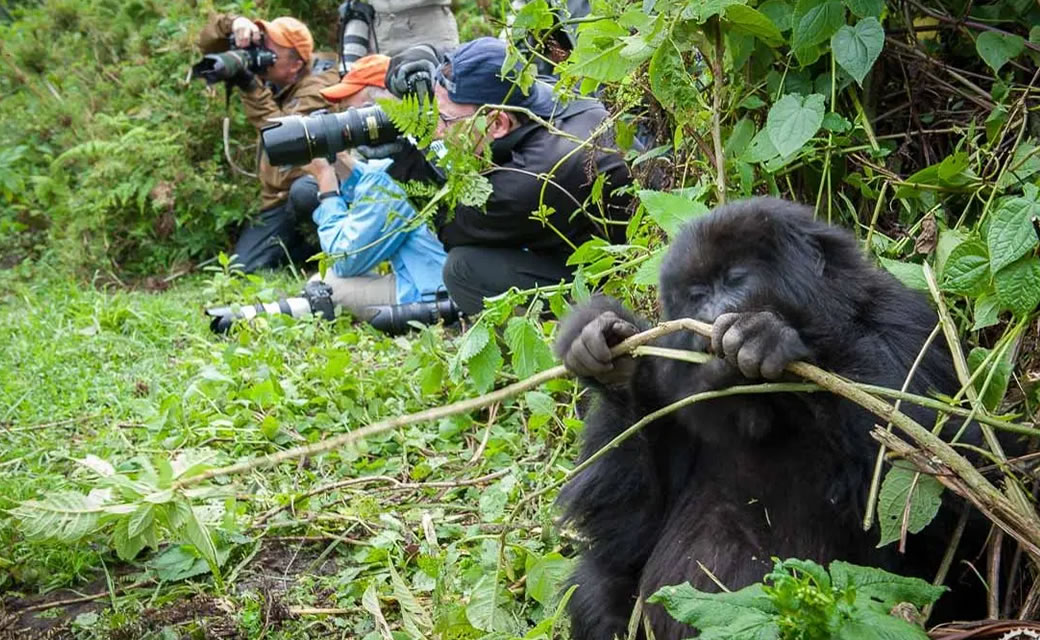Conservationist Olivier Nsengimana has seen the fruits of his efforts peak the heights with the scooping of a prestigious global award.
Dr Nsengimana, one of the two finalists from Africa, won the 2014 Rolex Awards for Enterprise for his conservation approach to protect grey-crowned cranes.
The Rolex Awards for Enterprise are given to young innovators to support projects that improve lives and protect national and cultural heritage.
“After a record number of young applicants this year, we are proud to announce the winners and to support these individuals in developing their inspiring work,” Rebecca Irvin, the head of philanthropy for Rolex, said in a statement.
The conservation award received 1,829 entries from 129 countries.
The projects were judged on originality, potential for impact, feasibility and candidates’ spirit of enterprise.
The other winners were Neeti Kailas (India), Francesco Sauro (Italy), Arthur Zang (Cameroon) and Hosam Zowawi from Saudi Arabia.
Dr Nsengimana, along with the others, will each receive 50,000 Swiss francs (about Rwf38 million) to continue his promotion of breeding programmes and the release of Rwanda’s endangered grey-crowned cranes.
Nsengimana is in the UK to receive the award and was unavailable to comment, but speaking to The New Times in April, he said he had been inspired by the President’s call to the youth to come up with solutions to challenges facing the country.
“I realised the need to take care of our bio-diversity. There are species that could disappear if nothing was done to save them,” he said.
Saving the Grey-Crowned Crane
The Kigali-based conservationist said there is concern across the world that the bird species may become extinct due to increasing illegal trade.
“The grey-crowned crane is decreasing in number across the world mainly due to loss of habitat and illegal trade,” Dr Nsengimana said.
The grey-crowned crane was once considered the most secure crane species in Africa.
However, the International Crane Foundation says in the last 45 years, its population has declined by 50 to 79 per cent, putting the bird in danger of extinction.
“For us, it was a cry to ask people to respect the value of this important bird,” said Dr Tony Mudakikwa, from the Rwanda Development Board.
The grey-crowned crane is said to be a symbol of wealth and longevity in African culture. The bird also represents one of the clans in traditional Rwandan society.
He said the number of grey-crowned cranes in East Africa has rapidly declined due to poaching and the deterioration of their natural wetland habitat.
The birds are illegally caught and shipped to Europe and Asia where they serve as recreational pets.
The International Crane Foundation says there are only about 30,000 grey-crowned cranes left in the world.
At least 18,000 of the cranes inhabit parts of East Africa.
Dr Nsengimana’s winning project, aimed at protecting the endangered bird, saw him present two approaches for conservation efforts: firstly, to work with communities to construct a database of birds in captivity to eventually negotiate their release.
Secondly, Nsengimana proposed a national awareness campaign to sensitise Rwandans about the importance of protecting their unique wildlife.
Mudakikwa said he is proud of Nsengimana for receiving the Rolex Award and hopes that the prize serves as an example for continued conservation efforts in the country and beyond.

